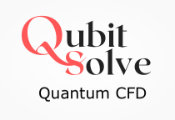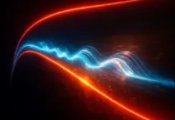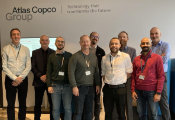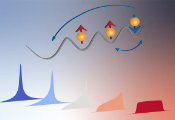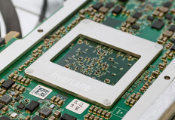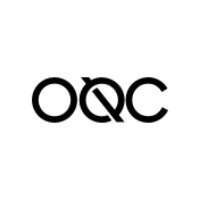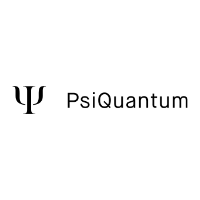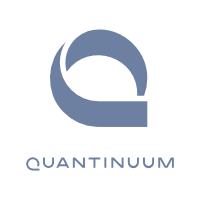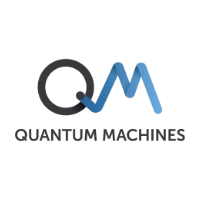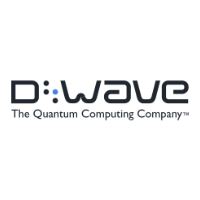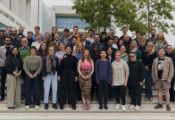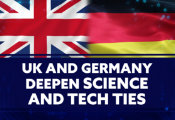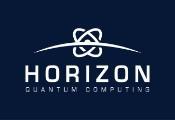Members of CARIOQA-PMP Consortium Reproduce Space Conditions to Calibrate Future Cold-Atom Accelerometers
June 6, 2025 -- A team of french physicists (CNRS, Institut d’Optique Graduate School, Université de Bordeaux), supported by CNES, ESA and the European Union, has developed a laboratory experiment that mimics the conditions of future quantum sensors for space. Using an “Einstein elevator” – a unique experimental platform set up in their lab, which simulates weightlessness – they have achieved exceptionally precise measurements of the acceleration of atoms cooled to just a few millionths of a degree above absolute zero. This new platform allows for the calibration of future cold-atom accelerometers for space applications, offering one hour of microgravity per day.
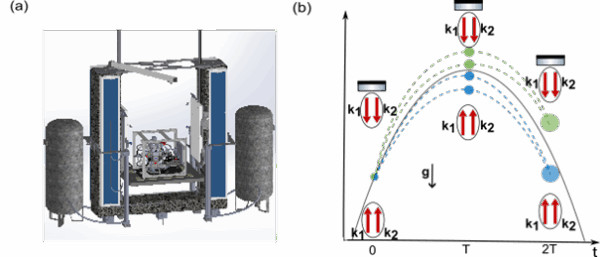
The Einstein elevator (a) enables to mimic a section of an orbit in the lab, recreating the microgravity conditions expected in space. A series of laser pulses (b) with two colors (two frequencies) creates an atomic interferometer along the expected ballistic trajectory. The controlled laboratory environment ensures a high level of repeatability, improving the precision of the measurement.
Quantum technologies open up many possibilities, from fundamental physics to inertial navigation. Quantum sensors in particular represent a breakthrough for precision measurements of various physical quantities, such as time, electric and magnetic fields, or even gravitational waves, etc.
Quantum inertial sensors allow for measurements of gravity, acceleration, and rotation using atoms cooled to a few millionths of a degree above absolute zero. However, their performance is limited on Earth, as the measurements are necessarily disturbed by human activity and atmospheric fluctuations. To push the boundaries of these sensors, the goal is to deploy them in space. Quantum sensors are already identified as key instruments for future space missions, whether to explore fundamental laws of the universe, its composition, or to observe climate change by studying the movement of water masses.
Installing these complex sensors on a satellite requires significant and costly technological development. This is why research programs in France, Germany, China, and the United States are working on experiments using sounding rockets, drop towers, parabolic flights aboard the Zero-G Airbus, or the International Space Station (ISS). However, these platforms offer limited access and/or only short periods of microgravity.
In this context, the LP2N team has developed a unique laboratory-based free-fall experiment that enables measurements of the acceleration of 10 million rubidium atoms cooled to about +0.000001 degrees above absolute zero, using an interferometer installed on a dedicated platform. This “free-fall” setup is based on the principle of the “Einstein elevator”, creating near-weightlessness conditions every 13 seconds for nearly half a second. This innovative device, about 3 meters tall and capable of supporting a 200 kg payload, was developed by the French company Symétrie, based in Nîmes. This experiment changes the game in terms of access to microgravity, offering the possibility to explore the limits of quantum measurements in a free-fall system available daily, with up to one hour of microgravity accumulated per day.
This experiment is a key step towards developing a quantum accelerometer for space – a topic of major strategic importance for the European Union, which launched the CARIOQA mission (Cold Atom Rubidium Interferometer in Orbit for Quantum Accelerometry) in 2022. This project, coordinated technically by CNES and DLR (the French and German space agencies), brings together a European consortium of industrial and academic partners, with the goal of demonstrating this new generation of sensors on a satellite in the early 2030s.

